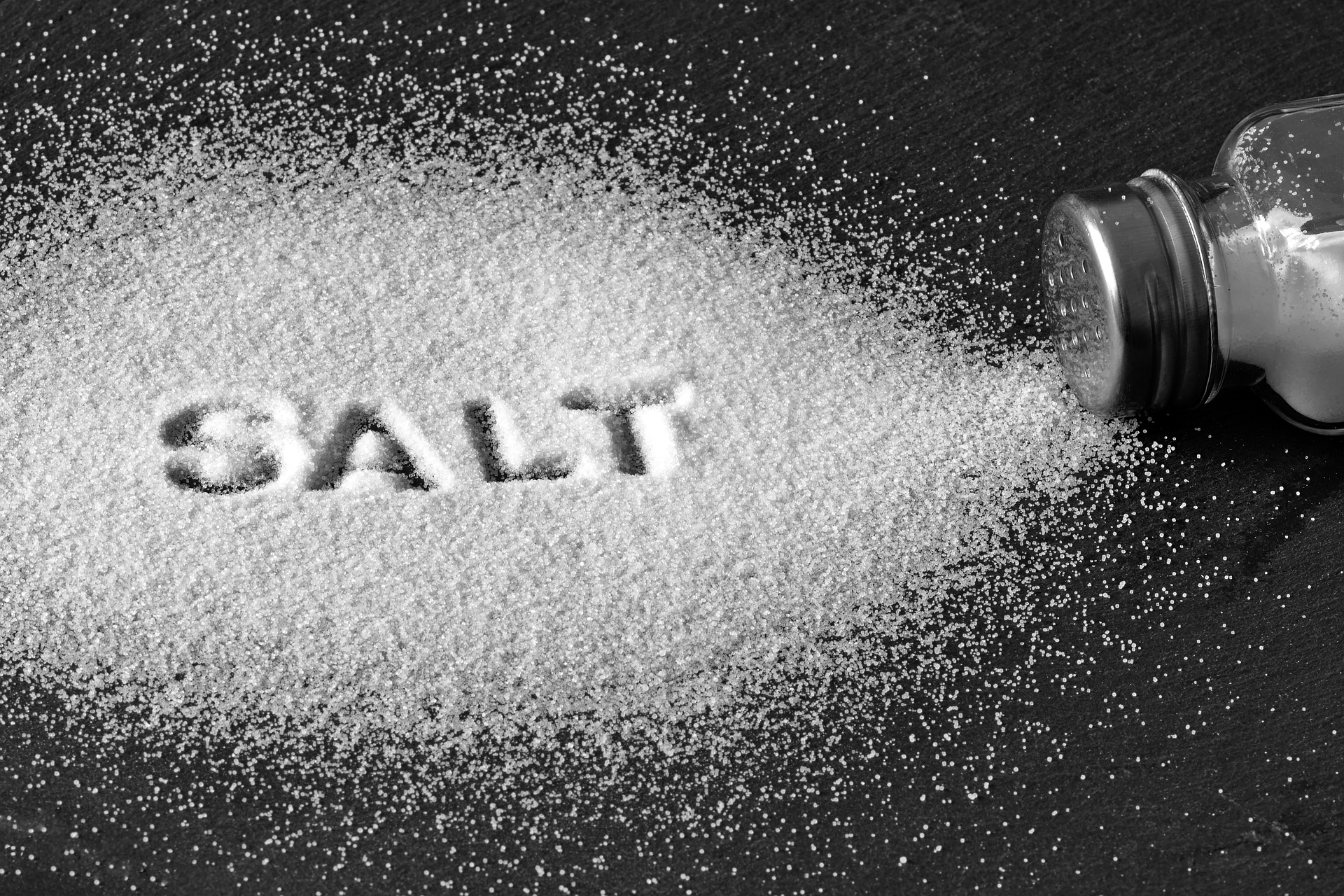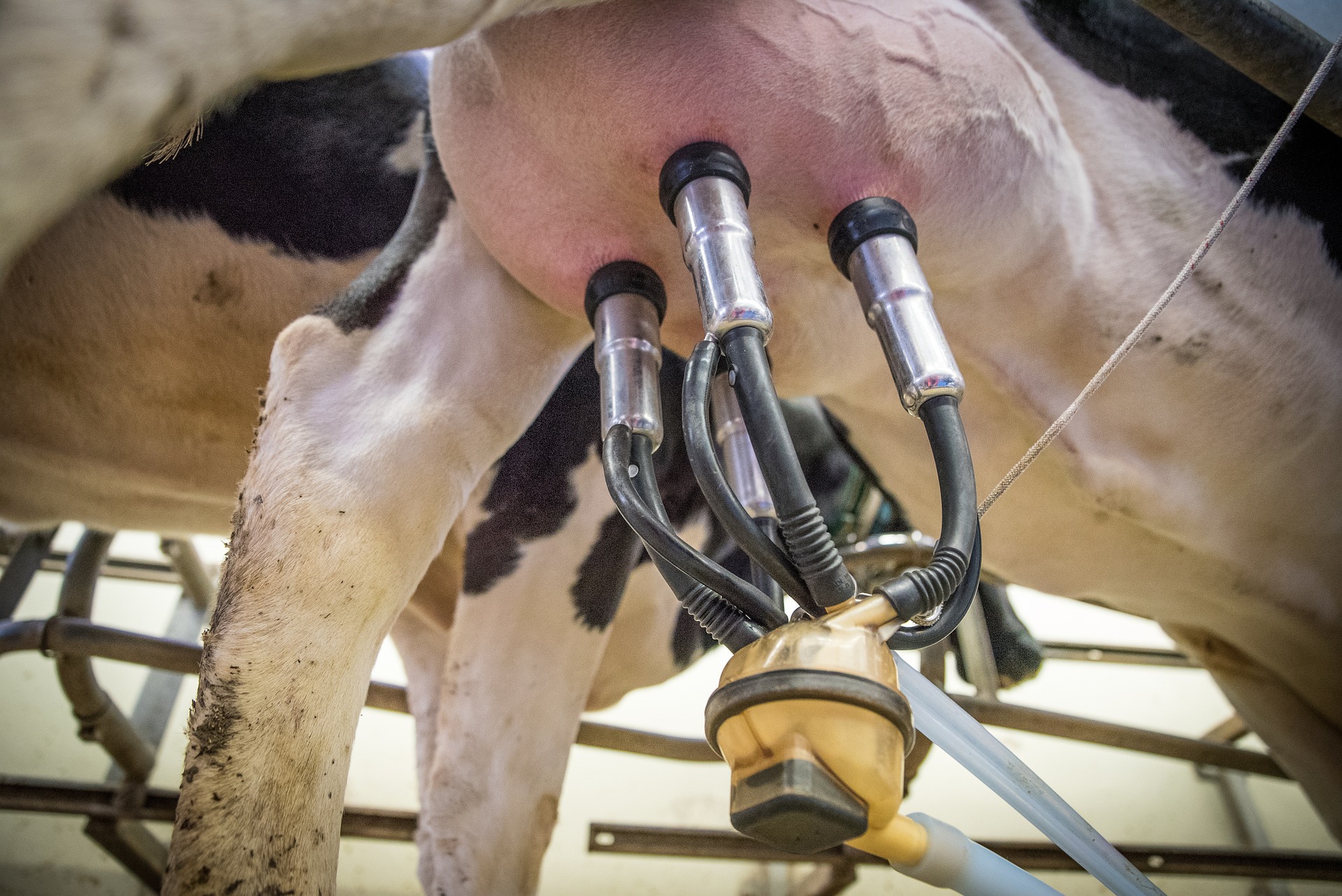A new Swedish case-control study published in the June issue of eClinicalMedicine, a sister journal of the prestigious medical journal Lancet, has generated quite a media frenzy – tattoos increase the risk of lymphoma by 21%.
Researchers from Lund University Sweden identified 11,905 people diagnosed with lymphoma via population registers. These individuals with lymphoma (case group) were then matched with a control group of the same sex and age, but without lymphoma. The researchers then compared the percentage of the individuals who had tattoos in the two groups. Although the researchers started with 11,905 people in the registers, after excluding those having no data or without a match, the numbers of individuals in the final analysis were 1,161 in the case group and 1,997 in the control group. So, this is not a large study and thus the resultant findings can be affected by random factors.
After adjusting for several confounding factors (age, sex, marital status, income, education, and smoking status), the researchers concluded tattoos increased the risk of Lymphoma by 21%.
However, the study has big holes, and the result is not reliable. First, the finding of 21% risk increase (p-value = 0.067) is not statistically significant even by the traditional standard of p-value = 0.05 that already greatly exaggerates the strength of the evidence (for more information, click here and click here). In other words, the finding is likely due to random chance.
In addition, the study found a nonlinear relationship between lymphoma risk and the time of having tattoos, which is also indictive of random chance. The researchers found the risk was the highest among those tattooed within two years before the study, no elevated risk for those tattooed during a period of 3-10 years before the study, and increased risk again in those tattooed 11 years before the study. There is no other rationale for the U-shaped relationship except for random chance.
Most strikingly, the researchers found a no dose-response relationship – the size of the tattoos was not associated with the risk of lymphoma. In other words, tattoos of a fingernail size pose the same risk compared to whole-body tattoos, which is irrational given the amount of ink and potential carcinogens in the ink are proportional to the size of the tattoos.
The lack of dose-response relationship, implying all those tattooed have the same risk regardless of the size, strongly indicates selection or membership bias – the elevated risk was a result of other risk factors rather than tattoos. It is likely that the study participants in the tattooed and non-tattooed groups are different in many other aspects that are not controlled for in the study. For instance, the level of psychological stress and substance abuse were not adjusted for in the study.
In short, the finding of the study is not as sound as it is reported. Most likely the result is due to random chance and/or selection bias. However, this does not mean tattoos, especially covering large areas, are harmless. Most tattoo inks are toxic, at least foreign to our body, and many of them contain cancer-causing materials known as carcinogens.
But we need to put things in perspective – compared to our lifetime exposures to toxic chemicals from food (e.g., pesticides), water (e.g., PFAS known as forever chemicals), air (e.g., VOCs), and personal care products (e.g., formaldehyde in cosmetics, and benzene in sunscreens), tattoos (unless covering large areas) are unlikely a significant driver behind cancer development. Nevertheless, there is no doubt that tattoos contribute to the total toxicity burden which may lead to cancer.
The bottom line: Solely from a health perspective, do not get tattooed if you have not already. If you have tattoos, do not lose sleep – it is your body’s total toxic burden that matters – reduce other toxins by eating clean food, drinking clean water, breathing clear air, and applying clean personal products on your skin.









Leave a Reply